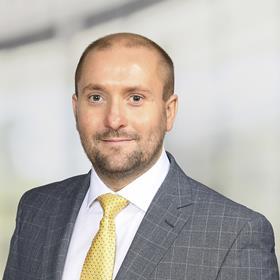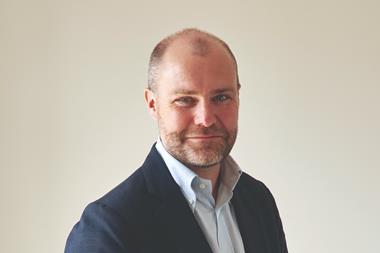February is LGBTQ+ History Month, founded in 2005 following the abolition of Section 28, legislation stating that authorities could not ‘intentionally promote homosexuality’ in schools, which was repealed in 2003.

LGBTQ+ History Month was also established to give a narrative to a group that is often under-represented and misunderstood, providing an opportunity to look back at key moments that have shaped the community.
Having lived through significant times ourselves, namely the impact of Covid-19, we can all relate to feeling afraid and without knowledge. Many LGBTQ+ communities experienced similar emotions when they faced the 1980s AIDS crisis and felt abandoned and isolated.
Thankfully, the LGBTQ+ community has come a long way since then. Within real estate, there are now a number of organisations including Freehold, Building Equality, Planning Out and Changing the Face of Property that are working to change the profile of the industry. Nevertheless, there is always more to be done.
According to Out Leadership, only 0.3% of directors of Fortune 500 companies are openly LGBTQ+. Given the focus on diversity and inclusion, we must ask ourselves why this is the case. As a group, those who identify as LGBTQ+ are not always visible in the workplace. However, as attitudes change, many will feel more supported and the hope is they will become the role models that we might have lacked.
Role models
It is difficult to identify LGBTQ+ figures from the past. Today, we have some excellent examples, namely Brian Bickell, chief executive of Shaftesbury, and Antonia Belcher, co-founder of MHBC. It is bold leaders like these who will inspire confidence in a new generation of LGBTQ+ trailblazers.

It is also important to recognise the breadth of diversity within the community itself. Intersectionality has undoubtedly become a buzzword, but this myriad of voices will offer a new perspective and help shape the built environment in new ways.
A lot has been said about the loss of LGBTQ+-friendly spaces in recent years. According to research from UCL, more than 38% of these venues, including nightclubs and bars, have been lost since 2006. This has now stabilised and protections are in place.
What’s more, Covid-19 has given us the opportunity to rethink how and where we work and how best to use our public places to maximise health and wellbeing. With this in mind, how can we factor in social inclusion when it comes to place-shaping? Accessibility, neurodiversity and gender-neutral facilities must all be considered.
It also goes without saying that it is not solely the responsibility of the LGBTQ+ community to ensure this happens. Allies are a crucial asset and firms that are vocal about their support for diverse talent will benefit in the long term. Savills, for instance, has an active diversity and inclusion network. It is fantastic that this is becoming common practice within real estate and my hope is that in the future, it will no longer be something of note but rather a given.
While the sector may not have a rich, venerable LGBTQ+ history to celebrate right now, it is encouraging to see that this is changing.
Adam Bray is director of customer place and strategy at Savills




























No comments yet